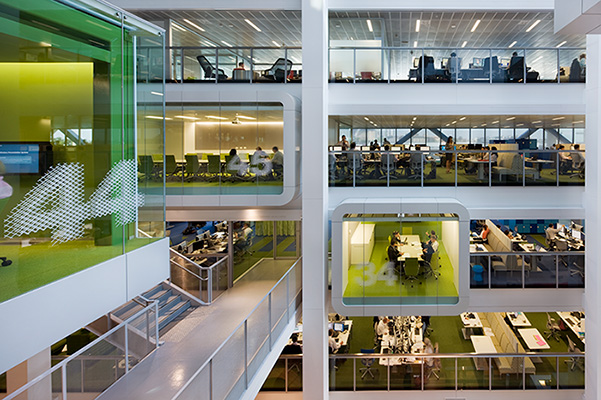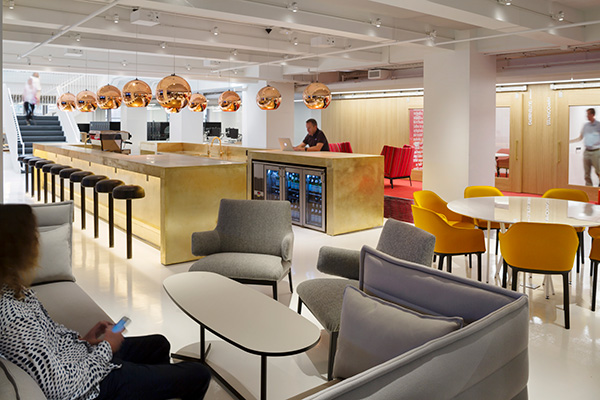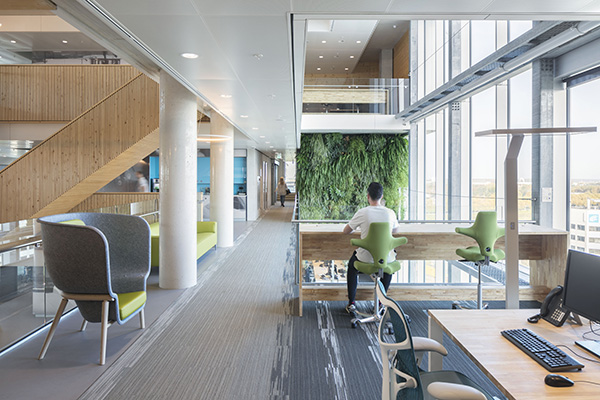Balancing Footprint Reduction & Engagement
ACTIVITY BASED WORKING: THE KEY TO SMARTER REAL ESTATE AND HAPPIER EMPLOYEES
With the rise of hybrid working, the purpose of the office is shifting. People are not as motivated to commute, so desk-centred offices remain empty. Should companies shrink their offices in response? Can a smaller workplace footprint still be valuable and attractive to employees? How can you accommodate new attendance patterns?
Our strategic workplace consultancy can help you optimise your workspace utilisation in the increasingly complex world of work.
The Challenges of Reducing Office Size
Hybrid working is here to stay. Real Estate needs to understand new attendance models and build new workplace utilisation strategies:
Offices Are Greatly Underutilised
During the pandemic, many organizations took a conservative approach with Real Estate planning. Leadership assumed people would return to the office at higher attendance levels than any preference-based survey had indicated.
Red flags to look for:
- Most of your workspace portfolio is the same as before the pandemic
- When COVID restrictions loosened, employees still did not return at the expected attendance levels
- Perk offerings have enticed people back, but not in a sustained way
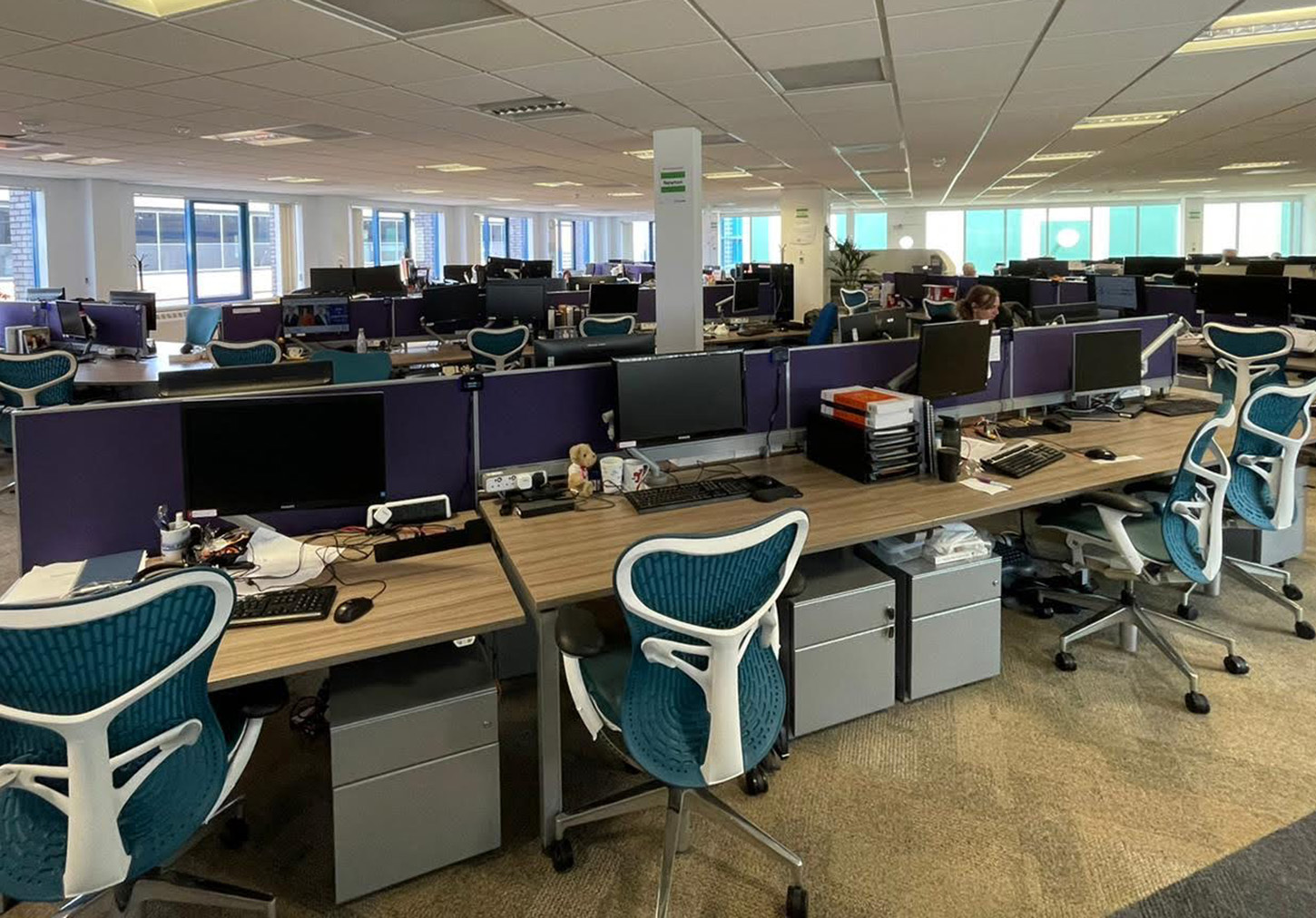
Leadership feels pressured to mandate Hybrid schedules
Red flags to look for:
- Leaders struggle to clearly communicate expectations for hybrid schedules since one-size-fits-all policies do not work
- Employees express concern that their flexibility will be taken away any day now
- In orgs where leaders have put a uniform mandate in place, people are not returning accordingly (e.g., 3 days in office mandated, but most people are back 1-2 days)
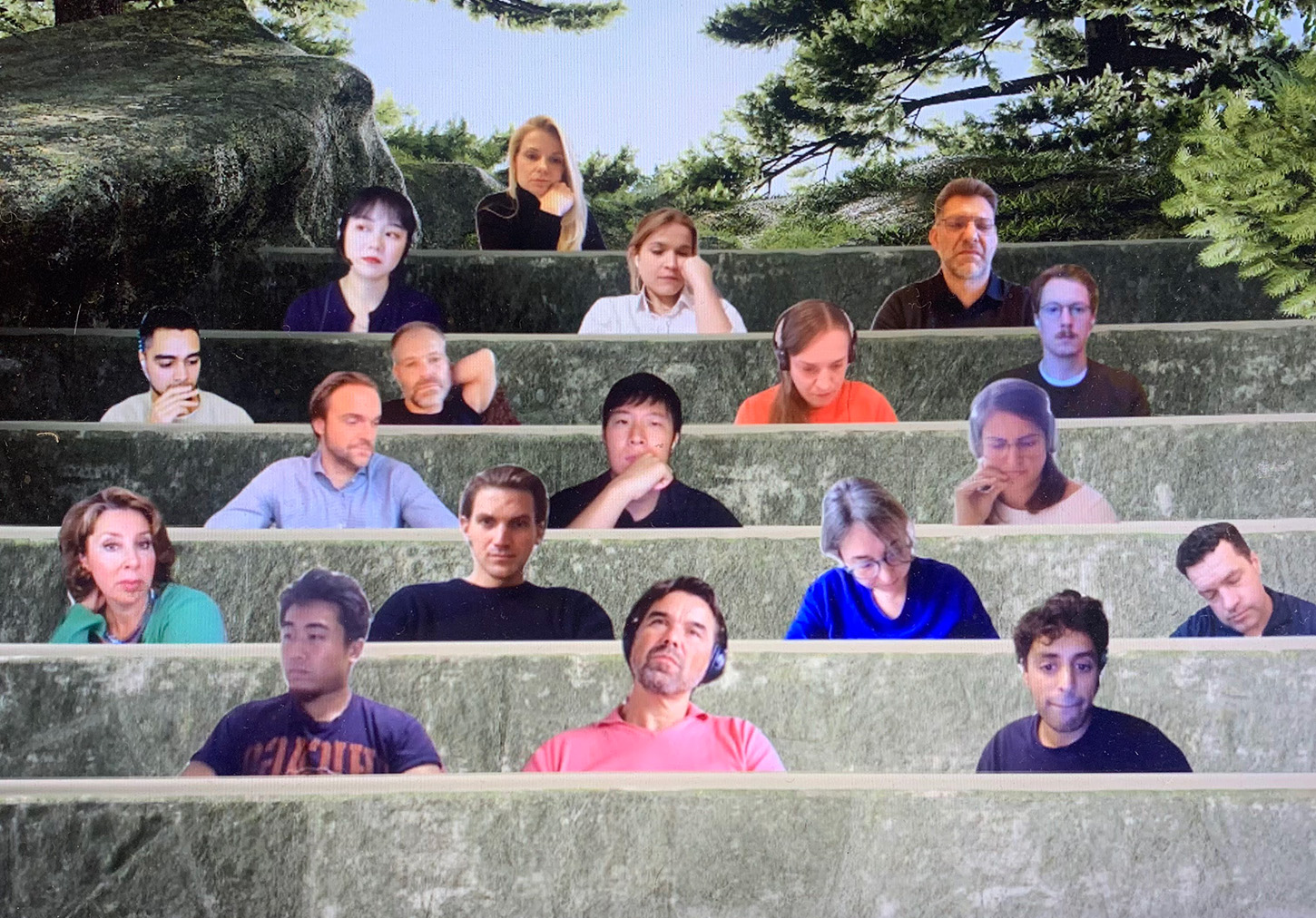
Employee and leadership hybrid preferences feel at odds
Data and surveys of employee and leadership preferences around hybrid ways of working point to a growing gap, seemingly pitting these groups against each other. Leaders are unsure how to reconcile this and lack clarity on what would be needed to align individual and team preferences with organisational ones.
Red flags to look for:
- Data and research focused heavily on determining how many days in office vs. how many days from home
- Lack of open discussion around the purpose and value of in-person time
- Managers or other leaders emphasise feeling a loss of oversight or understanding of what their team members are doing

Office spaces are no longer fit-for-purpose
Red flags to look for:
- Coming into the office (mandated or not) is not naturally building stronger team and cross-team relationships
- Employees regularly give feedback that their home is better set up for a virtual-first way of working
- Employees over-utilising individual focus environments in the office
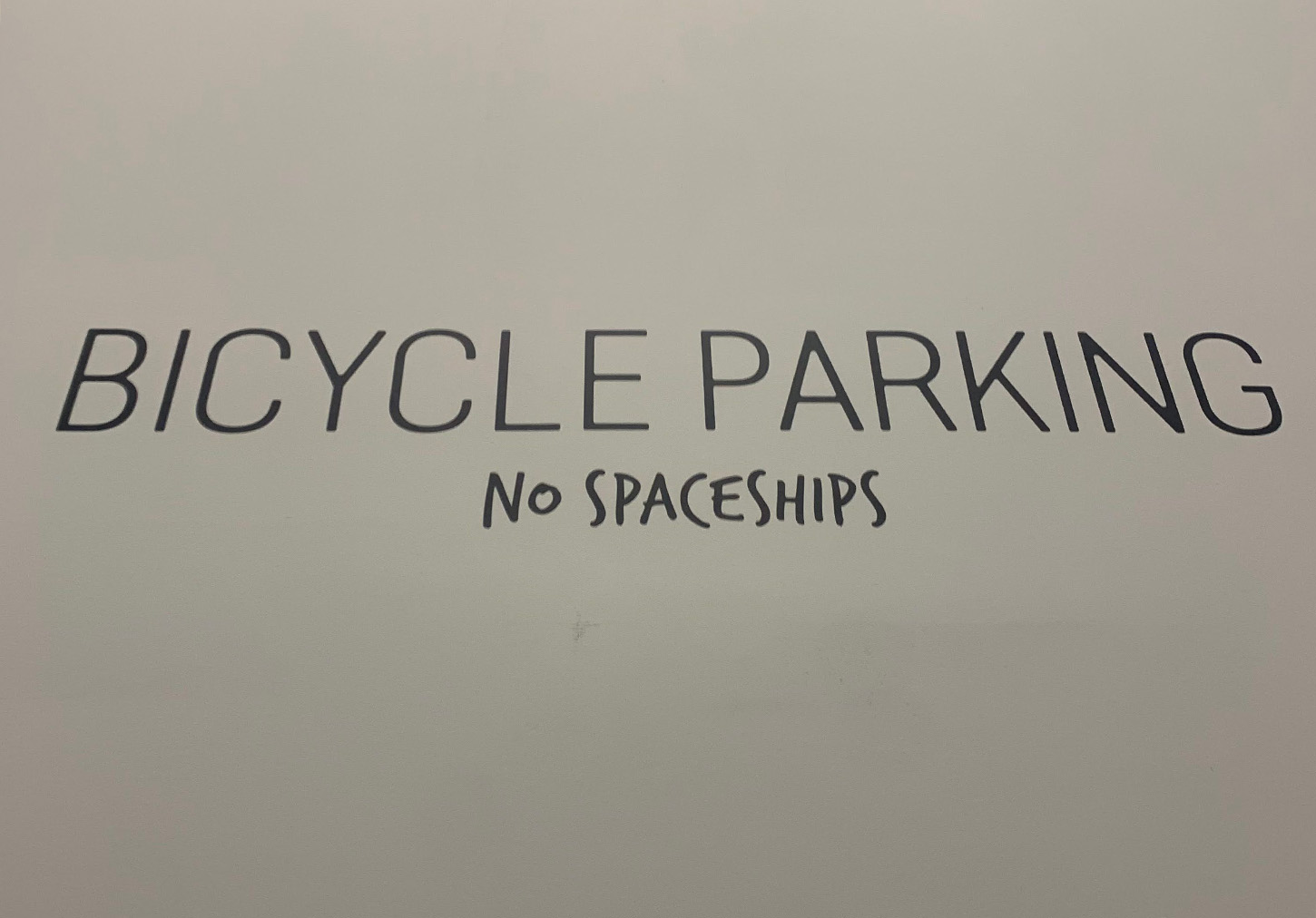
Our Approach and Solutions
Our Approach and Solutions
Our workplace strategy process examines the gap between your organisation's workspace utilisation and your desired business outcomes and employee behaviour goals. Here’s how we do it:
We Diagnose You Current Workplace.
We combine the data from our own assessments and layer it with additional organizational data sources (e.g., workplace metrics, pulse surveys, engagement surveys, pre/post move satisfaction surveys) to generate insights on what gaps exist between current state and desired state on all three workplace dimensions: Bricks (physical), Bytes (technological), and Behaviour (cultural).
- Utilization Studies provide detailed measurements of not only occupancy at workpoint levels, but also the type of activities and technology being used
- Ethnographic Studies provide qualitative data on the interactions between people, the space and teams
- Existing workplace metrics systems (e.g. Viva Insights, Google Workplace Analytics, etc.) and programmes enrich our data with quantitative data
We Build Vision and an Integrated Programme Team.
We know that the physical workspace is only a cultural manifestation. We encourage leaders to envision the future beyond the physical workplace, and instead, consider how new ways of working can help them achieve business goals. We then apply the vision and translate them into guiding principles for space design.
Exploring and building a new way of working requires various functional streams – HR, IT, Real Estate, and more – to come together and organize their initiatives through a shared lens of employee experience. In many organizations functional streams work in silos, successfully solving problems in their own domains, while struggling to understand and coordinate with each other.
We help our clients set up these integrated work streams, and coach them on how to work together effectively in a cross-disciplinary project team.
We Have a User-Centric Approach to Concept Development.
Instead of relying on workplace design experts, we involve a group of representatives from your company in designing the new workspace. Their input is crucial because decisions around the degree of sharing, zoning of the space, and organization of people are often tied to business functions and specific workflows.
The relationship is also two-ways: we educate these representatives on new ways of working and how they translate into various workspace designs, and they teach us the specifics of their business. This close relationship allows us to not only fully capture business requirements, but also help our clients reshape their ways of working to enable more employee flexibility and choice.
We Build Practical Tools for Real Estate Management.
- Average vs. Peak occupancies
- Different sized sites with different functions
We Advocate for Empathetic Change Management.
- Involve the user early in the planning and change process, soliciting their input and feedback throughout
- Emphasise communication and engagement through clear and concise messaging around the change
- Provide your people clear opportunities to ask questions and provide feedback
- Empathy coaching for change partners to ensure the emotional aspects of the change journey are addressed
- A holistic approach to measuring and evaluating the impact of change on all aspects of the user's experience
- Co-create tools and content that are intuitive to use based on organizational psychology, learning preferences, and culture

